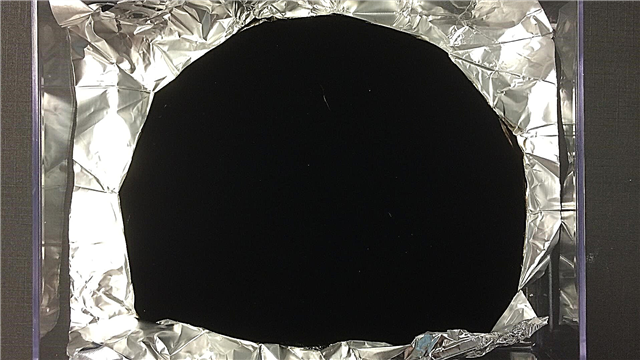
Gold has been valued as a precious metal for six and a half millennia. The chemical name of the element in the Aurum periodic table, this term is translated into Sanskrit as yellow, in the Latin interpretation of the translation the word sounds like Aurora or the Goddess of the Morning Dawn.
In nature, this element is rare, therefore, its extraction is a long search for a deposit and a laborious process of extracting gold from ore and loose rocks. Large nuggets of metal that are available throughout the Earth can be counted on the fingers.
How are gold veins found?
Gold belongs to minerals, the development of which is carried out in several stages:
- Exploration and contouring of the area for future development.
- Economic assessment of the volume of deposits.
- Excavations of sites and the creation of initial infrastructure for industrial development.
- Extraction of gold-bearing rocks - ore, sand and extraction of precious metal from them.

Exploration work is carried out using the study of rock outcrops, the study of core samples raised during drilling, and geophysical studies of formations. Often, geologists determine the zone of possible gold-bearing rocks by associated minerals. These include chalcopyrite, pyrite, sphalerite, galena, arsenopyrite, antimonite, and brown iron. The main mineral that geologists pay attention to when searching for gold is quartz.It is in quartz veins that gold blotches are most often found.
Satellites of gold ore are rocks - diorites and granites. They are formed under the same conditions in the bowels as gold-bearing rocks, that is, when magma is raised to the surface and cooled in the upper layers of the earth's crust.
Types of gold deposits
Primary or ore deposits

The first deposits of precious metal are considered indigenous or ore. It is from them that during the destruction of strong conglomerates from rocks, gold-bearing placers are formed. Subsequently, rock fragments are transported by water flows, which explains the presence of gold in the river valleys of small rivers. Such a placer is called alluvial and is considered the most promising for development.
Eluvial deposit

An eluvial deposit is a placer in the form of debris and sand that has not been transported. They lie where the gold rock was destroyed, they are usually found on the watersheds of large water arteries. This type of deposits ranks second in terms of gold content.
Deluvial placer

The deluvial placer is a mass of fragments with gold-bearing inclusions that have crawled from the slopes of the mountains. It is always located below the primary deposit, therefore, before prospecting for mines, additional exploration is carried out and they find that height in the mountains where gold-bearing strata lie. In economic terms, these deposits are considered marginal.
Gold mining from ore and its subsequent processing

The development of the gold deposit is open and closed.
open - these are quarries in which drilling and blasting operations are carried out to create ore dumps, which are subsequently exported to mining enterprises;
closed - these are mines leading to underground deposits from which gold ore is selected.

The second is more costly, because the operation of mechanisms in the mine requires additional energy, special mechanisms and equipment, and the cost of paying for the dangerous working conditions of miners.
Ore processing
Ore processing consists in grinding it to the smallest fractions (in sand) and adding a cyanide solution to them.

This substance leaches gold particles, the rock settles, and gold is released and removed together with cyanide from the rock mass. Cyanide leaching can be of two types: with grinding of ore, as described above, and heap. In the second embodiment, the ore is not crushed, and the cyanide is poured into pieces of rock.

This process of gold separation is longer, and the proportion of gold produced from ore is much lower than with the first option. While 95% of all the gold contained in ore can be extracted from the sand fraction, only 65% from pieces of rock. The advantage of heap leaching is the lower cost of the processing process.
Gold mining countries
Gold is not mined in all countries. This is due to the rarity of the distribution of this element in nature, as well as the complexity of industrial production technologies. There are few open deposits in Russia, mainly closed mines, and our country is the leader in them (4th place).
Previously, the United States and Canada were the most gold mining countries, then China became the forefront (it produces about 13% of the world's reserves).The list of the main gold mining countries is as follows - China, Australia, South Africa, USA, Russia, Peru, Uzbekistan.












